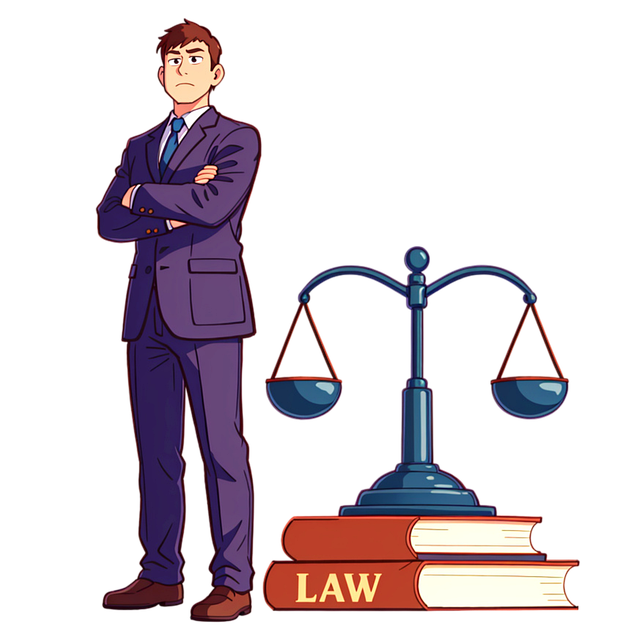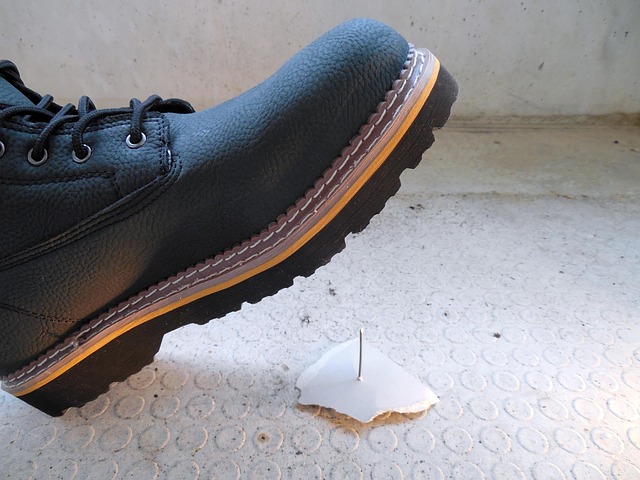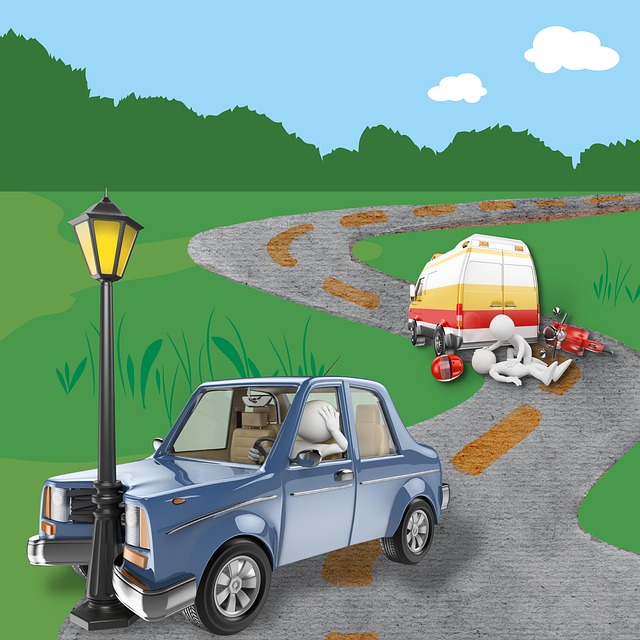Bicycle accident liability laws vary globally but generally aim to balance the rights and responsibilities of cyclists, drivers, and other road users. Cyclists enjoy protections like safe road use but must obey traffic rules; drivers must exercise reasonable care and yield in permitted areas. Establishing liability requires proving negligence or intentional misconduct. Disputes arise from agreements on shared infrastructure and incorrect rulings can be appealed by thoroughly reviewing evidence, consulting legal experts, identifying errors, gathering fresh evidence, and focusing on procedural fairness, especially in elder law cases.
“In the event of a bicycle accident, understanding the legal framework surrounding liability is paramount. This article guides you through the intricate process of challenging unfavorable rulings, focusing on bicycle accident liability laws. We’ll explore essential steps, from deciphering legal precedents to building a compelling case for appeal. By understanding your rights and options, cyclists can navigate the system effectively, ensuring justice and potentially altering the outcome.”
- Understanding Bicycle Accident Liability Laws
- Steps to Challenge a Liability Ruling
- Building a Strong Case for Appeal
Understanding Bicycle Accident Liability Laws
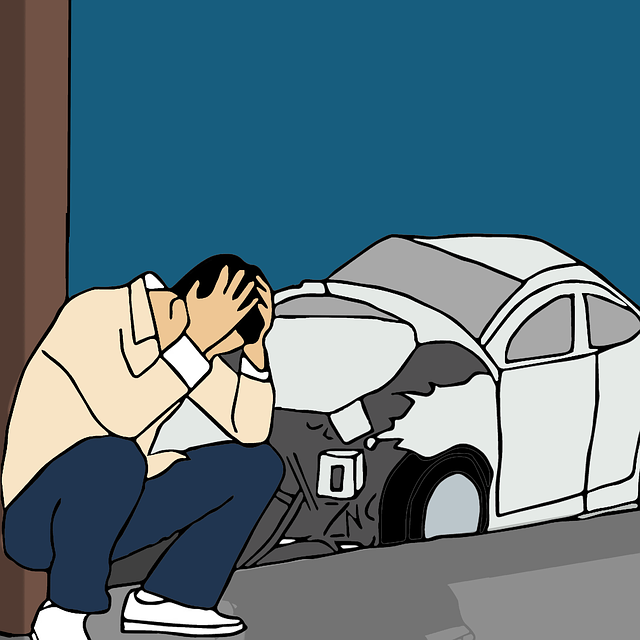
Bicycle accident liability laws vary by jurisdiction but generally aim to balance the rights and responsibilities of cyclists, drivers, and other road users. Understanding these laws is crucial when challenging a ruling related to bicycle accidents. Cyclists have protections, such as the right to safe and reasonable use of roads, but they also must follow traffic rules and signals. Drivers are expected to exercise reasonable care and yield to cyclists, especially in areas where bicycles are permitted.
In many cases, establishing liability involves proving negligence or intentional wrongdoing on the part of one or more parties. This might include situations like auto accident injuries involving cars, where a driver’s failure to yield or adhere to traffic laws causes a collision with a cyclist. Similarly, nursing home neglect could come into play if a patient’s caregiver fails to ensure the safe transport of a resident, leading to an accident while on a bicycle. Contract disputes may also arise from agreements related to shared use of roads or cycling infrastructure, emphasizing the importance of clear understanding and adherence to contractual obligations.
Steps to Challenge a Liability Ruling
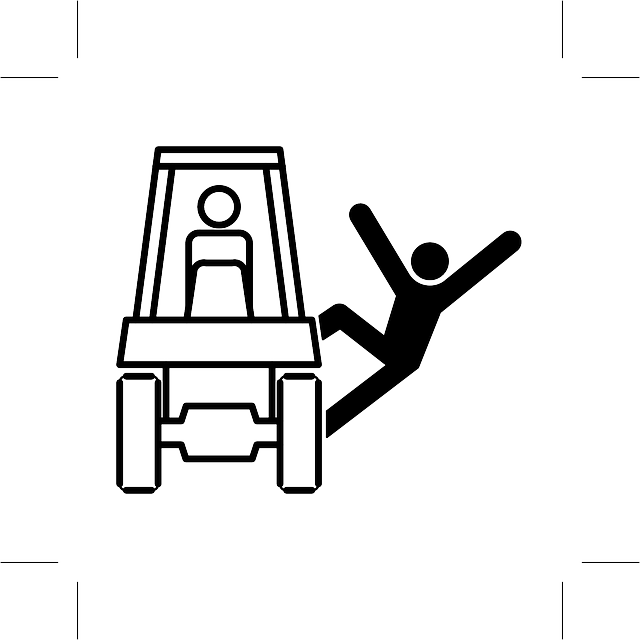
When facing a bicycle accident liability ruling that you believe is unfair or inaccurate, understanding the steps to challenge it is crucial. The first step is to thoroughly review all documents related to the case, including police reports, medical records, and insurance policies. Look for any discrepancies or errors in the information presented, as these can form the basis of your challenge.
Next, consult with a legal professional experienced in bicycle accident cases. They can help you assess if there was a breach of fiduciary duty or partnership disagreements that led to an inaccurate ruling. In some instances, reviewing homeowner insurance claims might also be relevant. Armed with this information, prepare a detailed and well-supported challenge, focusing on specific aspects where you believe the initial ruling was in error.
Building a Strong Case for Appeal
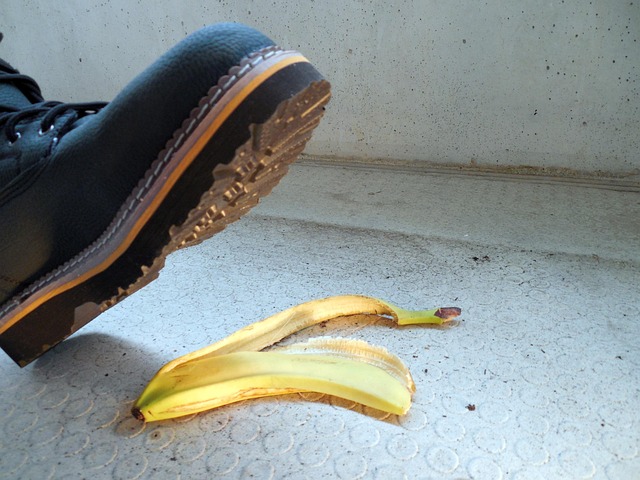
Building a strong case for appeal in a bicycle accident liability ruling involves meticulous preparation and a strategic approach. The first step is to thoroughly review all evidence from the initial case, including medical reports, police statements, and witness testimonies. This process helps identify any potential gaps or errors that could strengthen your argument. For instance, if there was a failure to diagnose injuries related to the accident, this could be a critical point of contention on appeal.
Additionally, gathering new evidence and expert opinions can significantly enhance your case. Engaging with medical specialists who can provide detailed insights into the client’s recovery process or consulting with slip and fall experts can offer valuable perspectives. In elder law cases, where vulnerable populations are involved, ensuring that their rights were protected during legal proceedings is paramount. This may require a deeper dive into procedural fairness and potential omissions in the initial ruling.
When facing an unfavorable bicycle accident liability ruling, understanding your legal options is crucial. By familiarizing yourself with the laws and taking deliberate steps to challenge the decision, you can navigate the complex process of appeals effectively. Through a thorough review of evidence, expert opinions, and relevant case law, it’s possible to build a compelling case and potentially reverse the initial judgment. Remember, knowing your rights and utilizing the appropriate legal strategies are essential in ensuring justice for bicycle accident victims.




